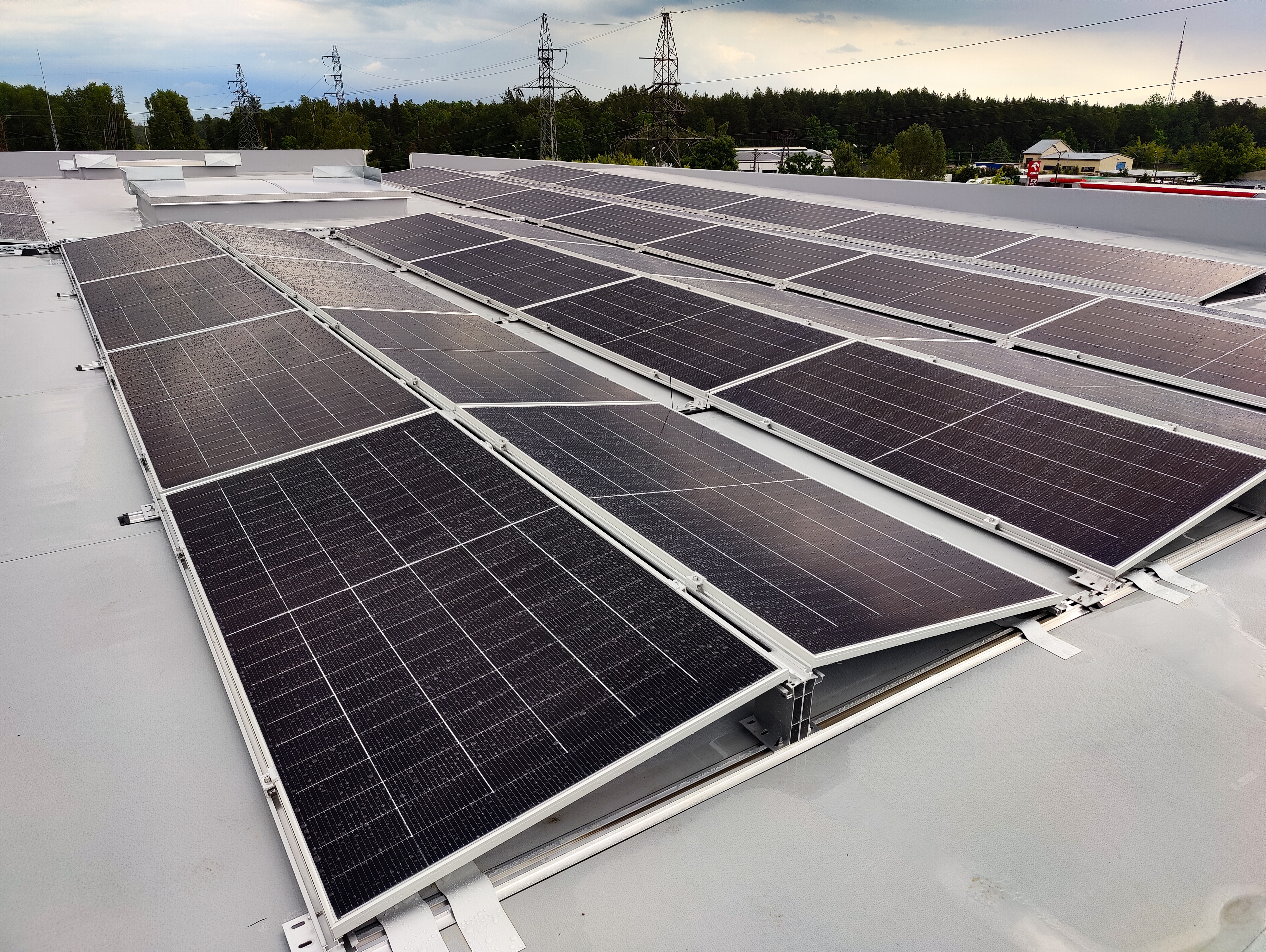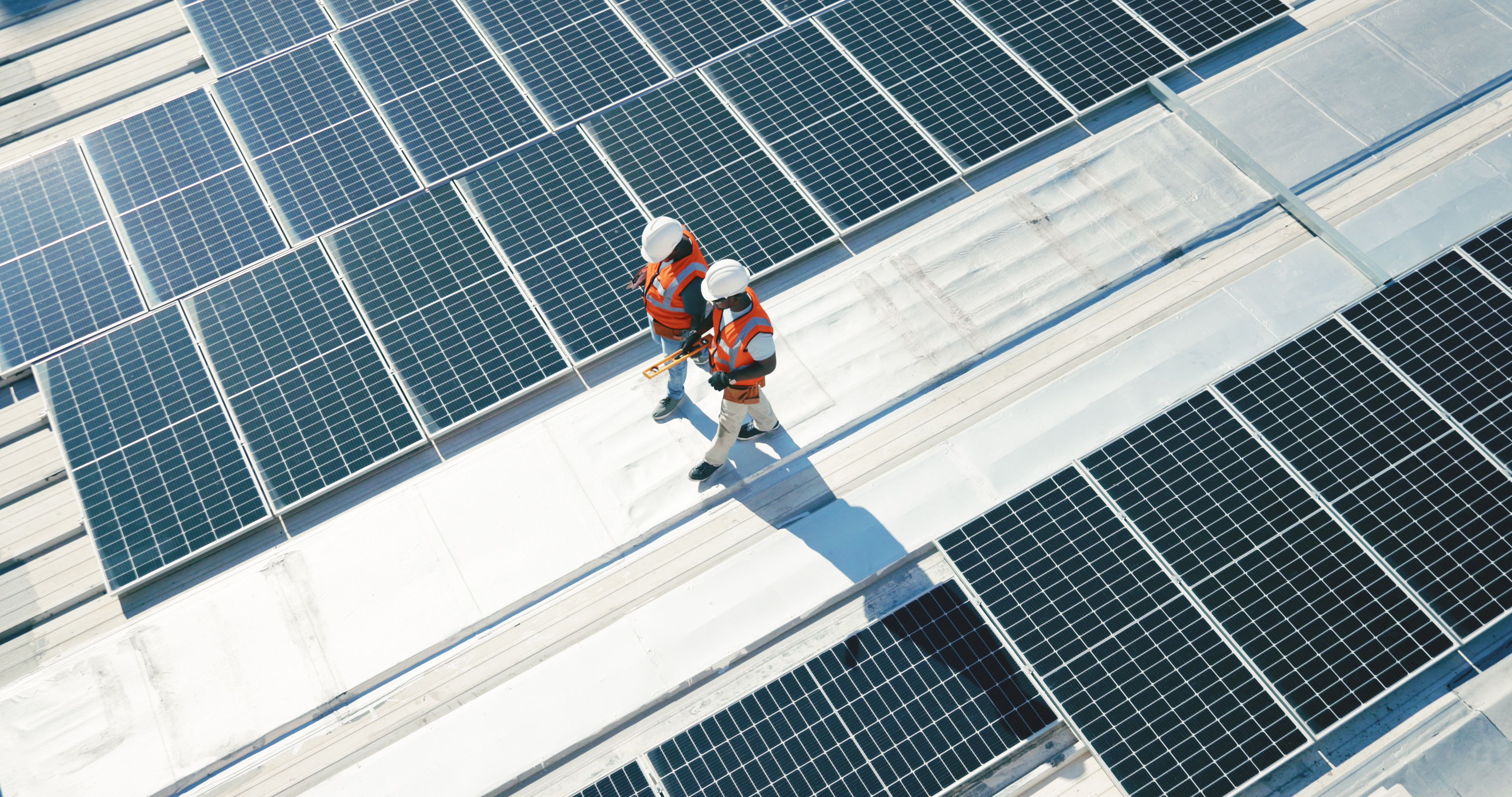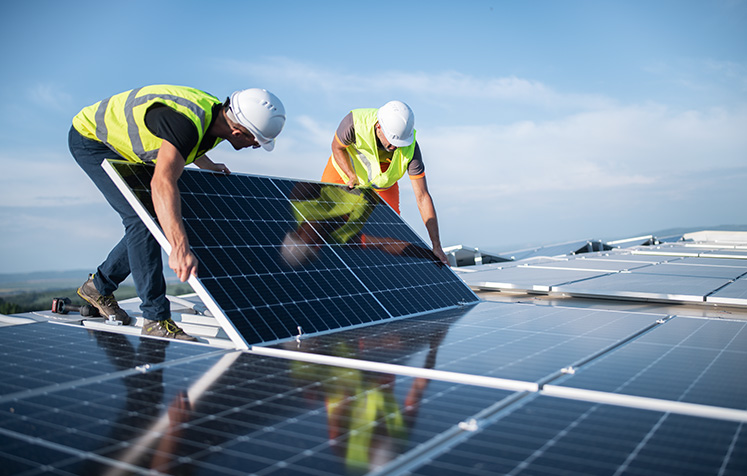As Asia-Pacific economies continue to grow and industrialize, the region’s energy demand is surging—and so is the urgency to decarbonize. For companies operating in APAC, Energy Attribute Certificates (EACs) have become a vital tool for demonstrating renewable energy use and meeting sustainability targets.
But the APAC EAC landscape is anything but uniform. With diverse markets, evolving regulations, and varying levels of renewable energy infrastructure, navigating this space can be complex. In this blog, we’ll break down how EACs work in APAC, what makes the region unique, and how to approach I-REC procurement with confidence.
Or, if you’re looking for a comprehensive overview of EACs, our EAC buyer’s guide provides a deep dive into how they work and their benefits and challenges.
What are International Renewable Energy Certificates (I-RECs)?
In most APAC countries, the primary form of EAC is the International Renewable Energy Certificate (I-REC). Like all EACs, I-RECs represent the environmental attributes of one megawatt-hour (MWh) of renewable electricity. They allow companies to claim the use of renewable energy, even if they can’t directly access green power through the grid.
I-RECs are issued through a centralized registry governed by the I-REC Standard Foundation, which ensures traceability, transparency, and credibility. They’re widely accepted by global reporting frameworks like RE100, SBTi, and CDP—provided they meet specific technology, vintage, and market boundaries criteria.
The APAC I-REC landscape: A region of contrasts
APAC is a region of extremes. On the one hand, countries like China and India have massive renewable energy capacity. On the other hand, smaller nations like Singapore rely heavily on imports due to limited domestic generation.
Here are a few highlights from the current I-REC landscape in APAC:
- China: Transitioning from I-RECs to a domestic scheme called GECs (Green Electricity Certificates), which RE100 now recognizes.
- Vietnam: Issued over 12 million I-RECs in 2024, but only about 4 million were redeemed locally, highlighting a strong export market.
- Thailand and Malaysia: Both have growing solar and hydro capacity, with millions of I-RECs issued annually.
- Singapore: Issued just 400,000 I-RECs in 2024 but redeemed over 1.4 million—underscoring its reliance on imported certificates.
This diversity means sourcing strategies must be tailored to each country’s capabilities, regulations, and market maturity.
What’s driving the demand for I-RECs?
Several key factors are fueling the growth of I-REC demand in APAC:
1. Corporate climate targets
APAC is home to a large share of RE100 and SBTi-committed companies. In fact, nearly 1,500 companies in the region have signed on to SBTi, and many are under pressure to decarbonize their operations and supply chains.
2. Regulatory momentum
Governments across the region are stepping up their renewable energy commitments. India has set a target of 500 GW of renewable capacity by 2030, while China aims for carbon neutrality by 2060. These policies are creating a more favorable environment for EAC markets to grow.
3. Regional cooperation
Initiatives like the ASEAN Power Grid enable cross-border electricity trade, which could eventually support regional EAC trading. This is especially important for countries like Singapore, which depend on imports to meet their renewable energy goals.
I-REC market challenges: What to watch out for
While the I-REC market in APAC is expanding rapidly and offering new opportunities for corporate buyers, it’s still a relatively young and evolving space. Unlike more mature markets in Europe or North America, many APAC countries are still building out the infrastructure, policy frameworks, and market mechanisms needed to support large-scale renewable energy procurement. As a result, buyers navigating this region may encounter a few bumps along the way.
Here are some of the key challenges to be aware of:
- Price volatility: I-REC prices vary significantly depending on country, technology, and demand. For example, Singapore’s limited supply drives higher prices, while oversupply in Vietnam can push prices down.
- Regulatory uncertainty: As countries develop their own domestic schemes (like China’s GECs), the rules around eligibility and recognition can shift quickly.
- Supply constraints: In some markets, demand far exceeds local generation capacity, limiting options for buyers seeking in-country certificates.
- Market maturity: Not all countries have robust registry systems or a deep pool of available projects, which can complicate procurement.
Best practices for I-REC Buyers
The APAC region is poised to play a central role in the global energy transition, and I-RECs are a key part of that story. For companies operating in this dynamic region, sourcing renewable energy through EACs is not just a sustainability checkbox—it’s a strategic imperative.
To navigate the APAC EAC market effectively, consider these tips:
- Start early: Planning ahead gives you access to a wider pool of projects and better pricing.
- Understand your reporting requirements: Make sure your I-RECs meet the criteria of RE100, SBTi, or other frameworks.
- Diversify your sourcing: Consider a mix of countries and technologies to balance cost, availability, and impact.
- Stay informed: Keep an eye on policy changes, especially in countries like China, India, and Indonesia where markets are evolving rapidly.
- Work with a trusted expert: The right advisor can help you navigate local nuances, avoid compliance pitfalls, and secure high-quality certificates.
At World Kinect, we bring over 12 years of experience in global EAC markets, sourcing from more than 60 countries and trading over 20 terawatt-hours of certificates annually. Our team is deeply embedded in the APAC region, with expertise in markets including Singapore, Vietnam, Malaysia, and beyond.
Get in touch with an expert
Whether you’re just starting your I-REC journey or looking to optimize a multi-country strategy, our experts can help you navigate the complexity, ensure compliance, and meet your renewable energy goals with confidence.




